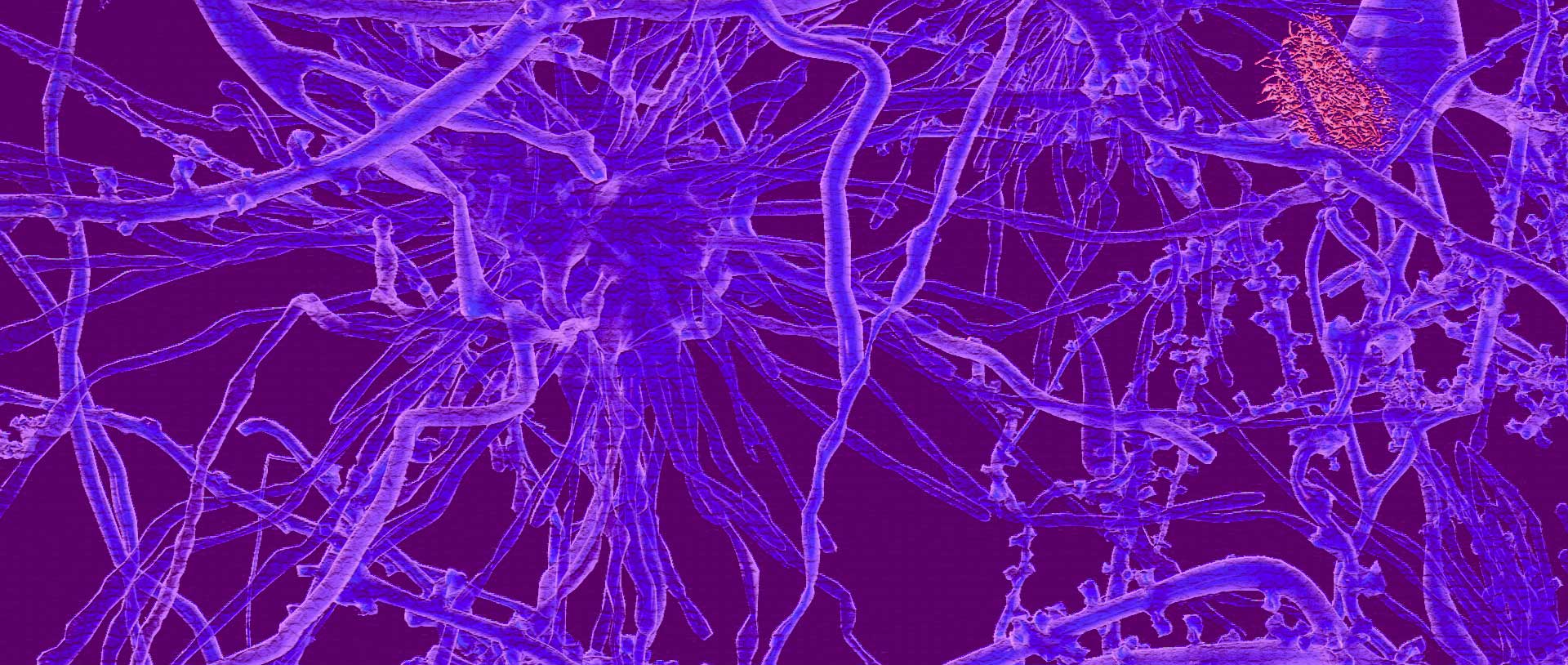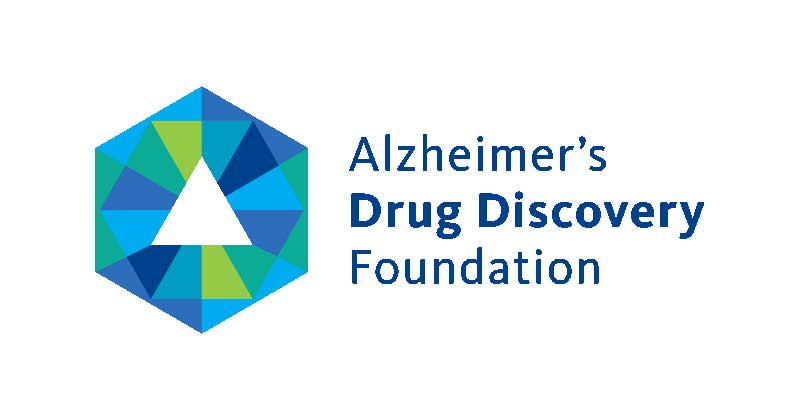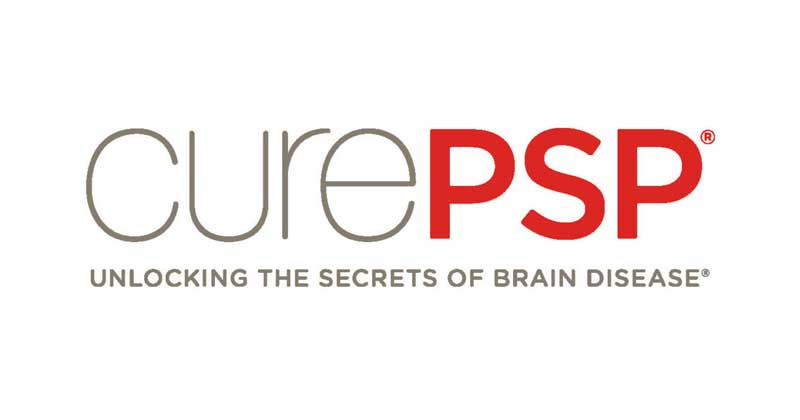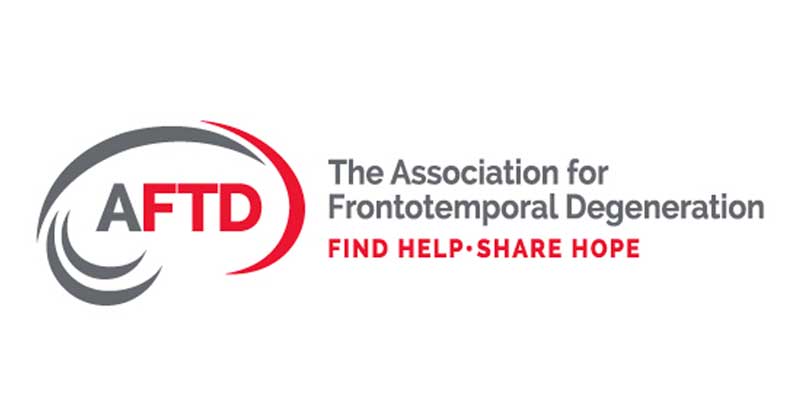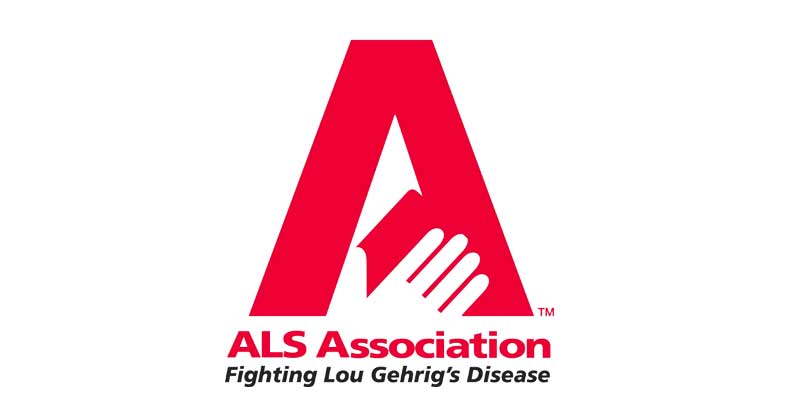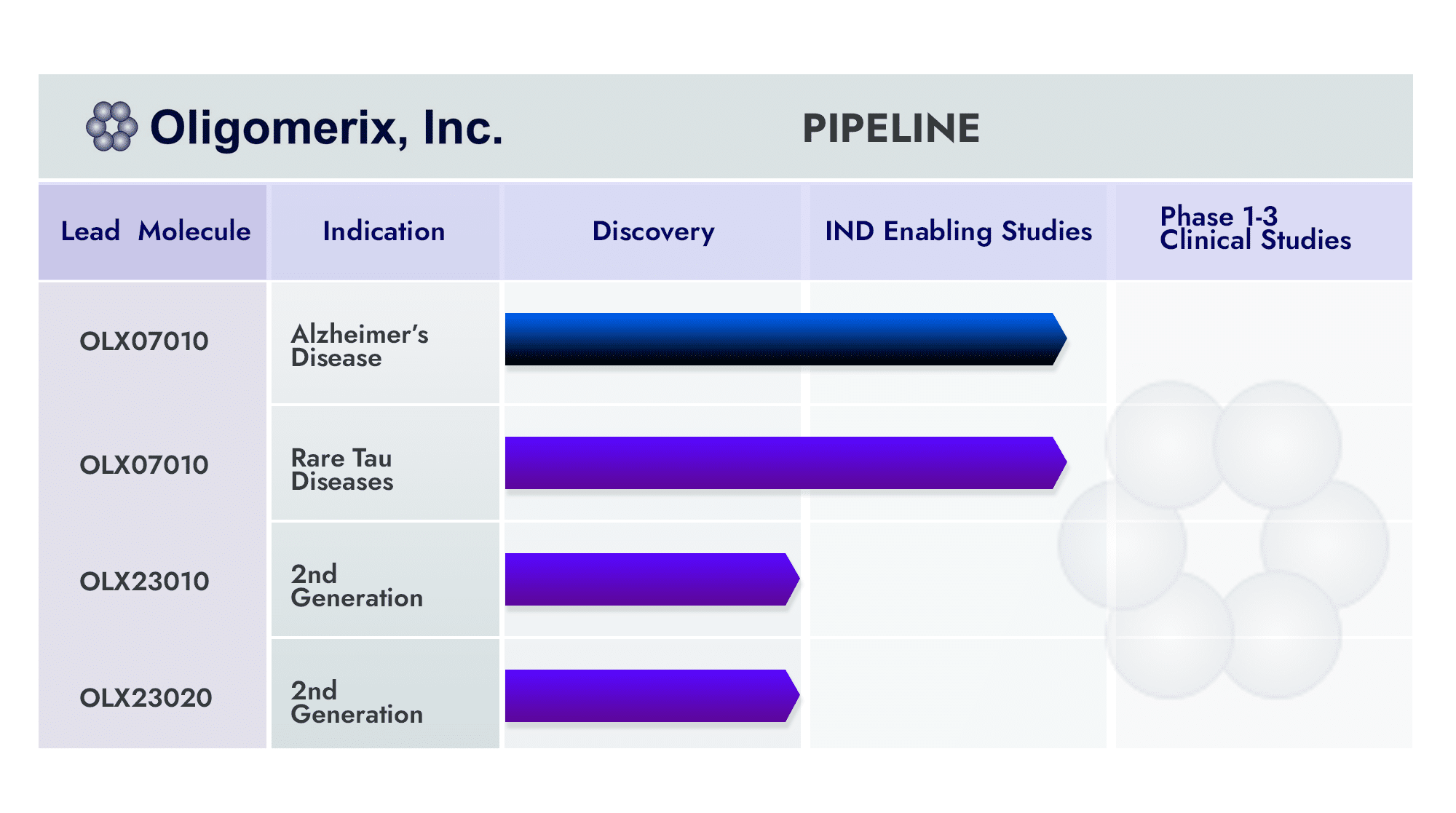Numerous neurodegenerative diseases are characterized by the accumulation of tau aggregates. There are 20 known tauopathies; Alzheimer’s disease is by far the most prevalent (6.7 million in the US). The others are generally rare diseases with US prevalence ranging from 50-60 thousand for frontotemporal dementia (FTD), 30,000 for PSP and 10 - 20 thousand for most others.
Oligomerix is discovering and developing therapeutics for neurodegeneration and dementias, including progressive supranuclear palsy (PSP), frontotemporal dementia (FTD), ALS and Alzheimer’s disease (AD), characterized by the accumulation of tau aggregates.
By targeting tau self-association at the beginning of the tau cascade, our lead compound has shown in multiple animal models to prevent downstream tau aggregation and its associated motor and behavioral consequences. Given the significant unmet needs in neurodegenerative tauopathies, Oligomerix is focused on developing disease-modifying treatments initially in Alzheimer’s disease, as well as rare disease tauopathies such as PSP and FTD. Furthermore, the Company has recently begun to characterize its 2nd generation series of small molecule tau aggregation inhibitors.
Targeting tau oligomers can lead to the development of effective treatments for these diseases:
There is a rapidly increasing disease incidence and prevalence of AD and related dementias due to aging populations worldwide. Global dementia prevalence is expected to increase from 57 million in 2019 to 153 million in 2050, a 268% increase. In the US alone, AD prevalence is expected to increase from 6.7 million in 2023 to 12.7 million by 2050.
Combining the estimates of roughly 4.8 million Americans aged 65 and older with dementia due to Alzheimer’s disease based on Alzheimer’s brain changes and the 5 to 7 million older Americans with MCI due to Alzheimer’s disease translates to approximately 10 to 12 million older Americans with Alzheimer’s disease and some form of cognitive impairment in 2024.” (2024 Alzheimer’s Association Facts and Figures).
Alzheimer’s disease signs and symptoms include the following; the severity of these signs and symptoms worsens over the course of the disease.
- Loss of memory, with an associated decline in the ability to communicate.
- Declining ability to manage activities of daily living, such as bathing, dressing, and feeding.
- Patients become more confused, often forgetting their whereabouts and sense of time.
- Challenges in planning or solving problems.
- Patients tend to develop poor judgment. Some may become depressed or anxious, others may become angry or belligerent.
Alzheimer’s disease is one of the costliest in the US healthcare system, with total direct costs estimated at $360 billion in 2024, projected to increase to $1 trillion by 2050. And this does not include the indirect costs associated with unpaid caregivers, who in 2021 provided an estimated 18.4 billion hours valued at $350 billion.
Patient Advocacy Groups
Progressive Supranuclear Palsy is a rapidly progressing neurodegenerative disorder that is more common than previously thought. Sharing similar symptoms to Parkinson’s disease, PSP is frequently misdiagnosed. PSP symptoms generally appear in the 60s-70s, but can affect people from the age of 40 onwards and occurs in about 5-7 per 100,000 individuals or approximately 30,000 patients in the U.S.
There currently are no approved treatments for PSP.
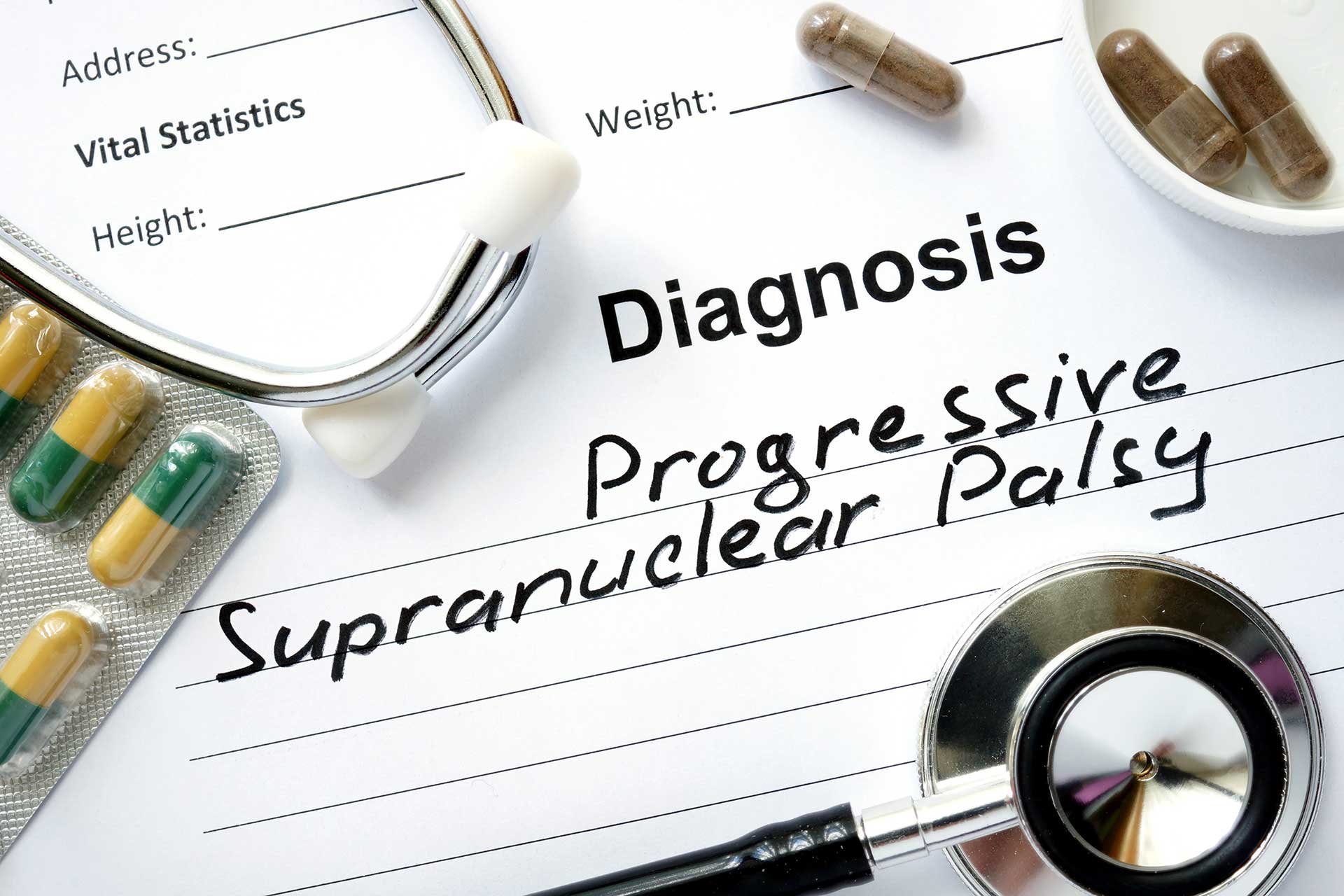
Recognizing PSP:
One of the classic signs of the disease is an inability to aim and move the eyes properly, which individuals may experience as blurring of vision. Men are affected more often than women. As the disease progressively evolves, patients tend to become disabled within a few years. PSP affects nerve cells in parts of the brain which are important for the control of certain movements.
Tau Protein role in PSP:
The hallmark of PSP is the accumulation of abnormal deposits of tau protein in nerve cells in the brain, so that the cells do not function properly and eventually die. The appearance of deposits of the microtubule-associated tau protein termed ‘neurofibrillary tangles’ is a common feature of tauopathies that is shared with Alzheimer’s disease. These neuronal tau deposits are known to be a major driver of neurodegeneration. Given the relatively small patient population, PSP is considered a Rare/Orphan disease.
Patient Advocacy Groups
FTD, also known as frontotemporal dementia, or Pick’s disease, is the most common dementia diagnosed before age 60. FTD brings progressive changes to personality, language, decision making, behavior, and movement. FTD is actually a group of diseases affecting the same brain regions. These include behavioral variant FTD, primary progressive aphasia (PPA), corticobasal degeneration, progressive supranuclear palsy, and FTD/ALS.
Symptoms of Frontotemporal Dementia: Unlike Alzheimer's, FTD typically doesn't affect an individual's memory. Common symptoms of FTD include: Apathy, such as a loss of interest in work, hobbies or personal relationships.
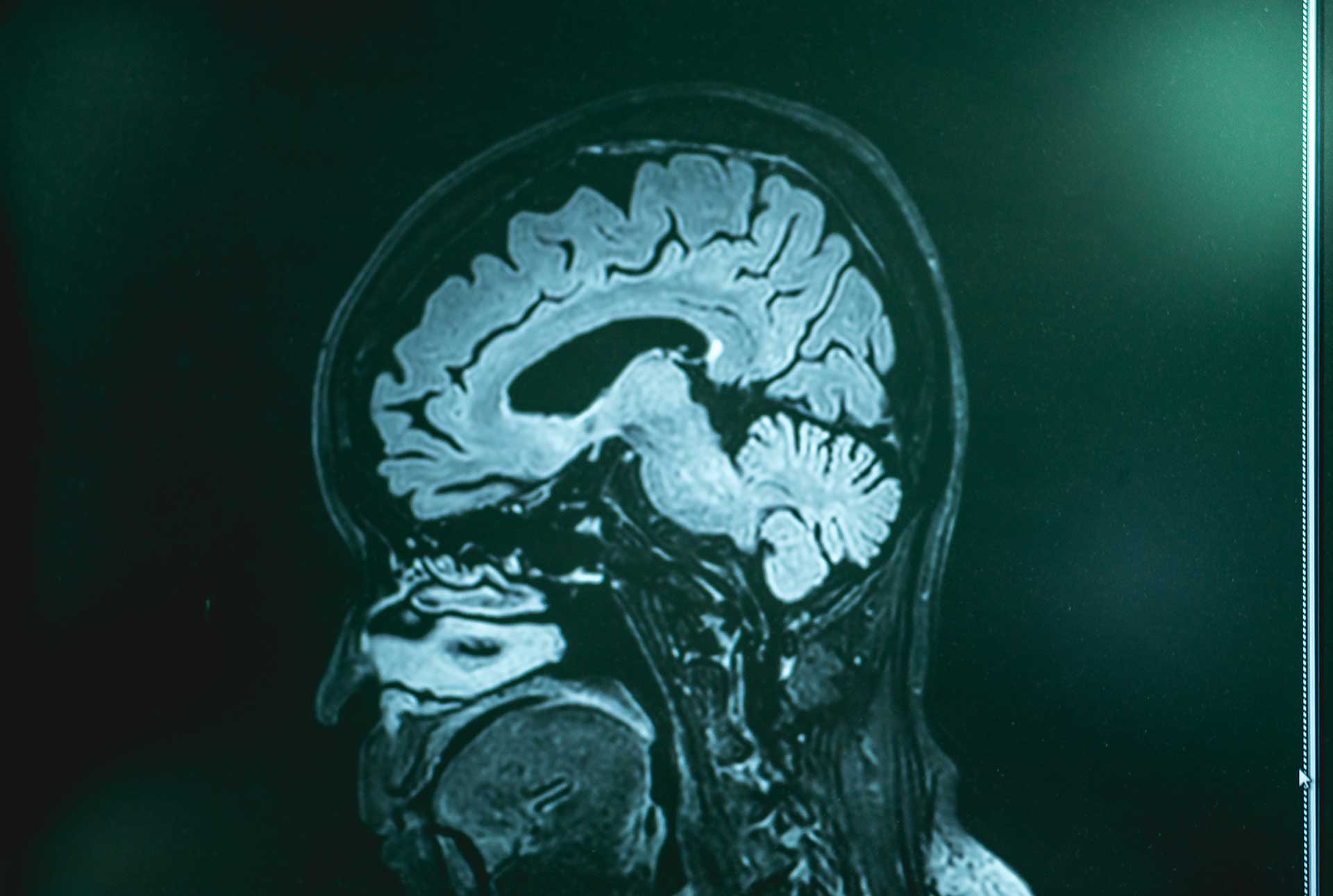
- Disinhibition (making uncharacteristically rude or offensive comments).
- Ignoring people's personal space.
- Reckless spending.
- Shoplifting.
- Touching strangers.
- Inappropriate sexual behavior.
- Emotional blunting (showing indifference to important events, like a death in the family).
Today, there are no treatments. There is no cure. Given the relatively small patient population, FTD is considered a Rare/Orphan disease.
Patient Advocacy Groups
What is amyotrophic lateral sclerosis?
Amyotrophic lateral sclerosis (ALS) is a group of rare neurological diseases that mainly involve the nerve cells (neurons) responsible for controlling voluntary muscle movement. Voluntary muscles produce movements like chewing, walking, and talking. The disease is progressive, meaning the symptoms get worse over time. Currently, there is no cure for ALS and no effective treatment to halt, or reverse, the progression of the disease.
ALS belongs to a wider group of disorders known as motor neuron diseases, which are caused by gradual deterioration (degeneration) and death of motor neurons.
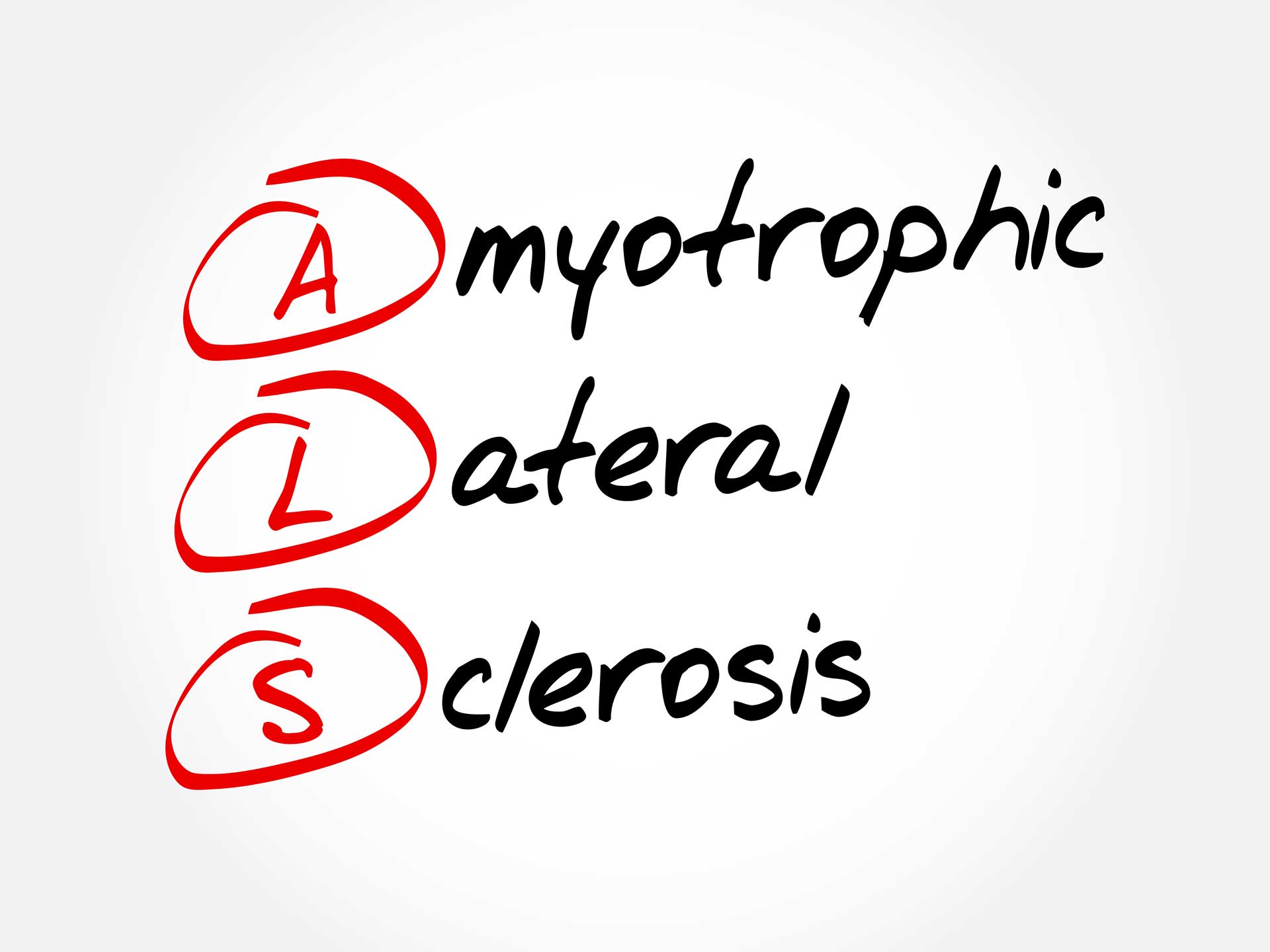
Messages from motor neurons in the brain (called upper motor neurons) are transmitted to motor neurons in the spinal cord and to motor nuclei of brain (called lower motor neurons) and from the spinal cord and motor nuclei of brain to a particular muscle or muscles.
In ALS, both the upper motor neurons and the lower motor neurons degenerate or die and stop sending messages to the muscles. Unable to function, the muscles gradually weaken, start to twitch (called fasciculations), and waste away (atrophy). Eventually, the brain loses its ability to initiate and control voluntary movements.
Symptoms of ALS usually include:
- Muscle weakness or stiffness.
- Gradually all muscles under voluntary control are affected, and individuals lose their strength and the ability to speak, eat, move, and even breathe.
Most people with ALS die from respiratory failure, usually within 3 to 5 years from when the symptoms first appear. However, about 10 percent of people with ALS survive for 10 or more years. Given the relatively small patient population, ALS is considered a Rare/Orphan disease.
Patient Advocacy Groups

